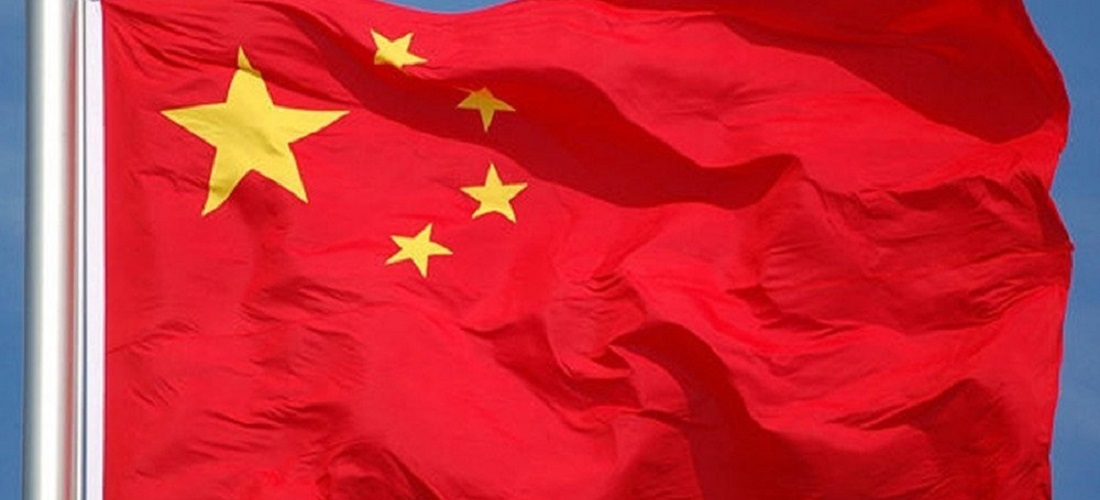
Latin America Emerges as Battleground for China-US Rivalry
Mar, 27, 2024 Posted by Gabriel MalheirosWeek 202413
In recent months, American government officials have been signaling the need to increase the focus on Latin America, especially in light of China’s growing presence in the region. Meanwhile, China, known for its extensive infrastructure projects, has been broadening its partnerships, particularly in the electric vehicle sector, under the banner of “new infrastructure.”
These initiatives underscore the growing international importance of the region, partly due to geopolitical conflicts such as the war in Ukraine and the trade tensions between Washington and Beijing. Latin America’s substantial energy resources have also propelled it up the list of Western priorities.
“Latin America offers a vast market and abundant energy and mineral resources. While the United States has somewhat retreated in the past decade, China has deepened its presence in the region, forging stronger commercial ties and investing in infrastructure,” assess Christopher Garman, executive director for the Americas at Eurasia, and Julia Thomson, a researcher at the same consultancy.
“Some countries, like Mexico, stand to benefit more due to their proximity to the United States,” note the experts, highlighting the phenomenon known as nearshoring – a strategy of bringing production closer to consumer markets. Washington is seeking to secure its supply chain by strengthening ties with neighboring countries.
To expand nearshoring throughout the continent, the US Congress is contemplating the US Commercial Investment Act, which proposes a $14 billion investment in Latin America alongside tax reduction measures. Additionally, US Secretary of Commerce Gina Raimondo has repeatedly mentioned the possibility of Brazil joining the country’s semiconductor investment chain, a critical issue in ongoing trade disputes.
However, diplomat Marcos Caramuru, who previously served as Brazil’s ambassador to China, holds a more skeptical view regarding Washington’s capacity to counter Beijing’s investments in the region. “China operates through state-owned enterprises, which often align closely with government interests, unlike in the United States,” he points out, suggesting that mere political will is insufficient for American private capital to penetrate the region.
“New Infrastructure”
Meanwhile, China is expanding its investment agenda, particularly focusing on what’s known as “new infrastructure.” According to Margaret Myers, director of the Asia and Latin America program at the Inter-American Dialogue, these sectors include electric vehicle manufacturing, telecommunications, renewable energy, and ultra-high voltage transmission lines.
In recent months, Chinese automakers BYD and GWM have unveiled a series of projects in the region, with Brazil being a prominent focus. For instance, BYD recently announced battery production in the Manaus Free Trade Zone.
China’s interest in “new infrastructures” is largely driven by its efforts to improve its economy. Myers observes that Beijing recognizes the need for greater competitiveness, even in sectors adjacent to its borders.
The projects are generally smaller in scale compared to the grand initiatives of the New Silk Road in Latin America, resulting in fewer operational, financial, and reputational risks. “This is crucial as China seeks to mitigate risks associated with its initiative,” she explains.
While Beijing’s large-scale projects have left significant imprints, such as Peru’s Chancay port, they have not been without controversies, such as the contractual issues surrounding Colombia’s Hidroituango dam. China’s initiatives have also contributed to rising national debts, particularly in Africa, adds Caramuru.
In Brazil, amid excitement over Beijing’s investment pledges, the Public Ministry of Paraíba (MPPB) has launched an extrajudicial inquiry into a project proposing the construction of a deep-water port and a futuristic city in Mataraca, Paraíba’s North Coast.
A study by the Inter-American Dialogue has shown a notable decrease in Chinese foreign direct investment announcements in recent years. This decline is attributed to various factors, including a reassessment of investment priorities by the Chinese government and its companies. “China is betting on smaller, technology-intensive projects to bolster its economy and reduce the risks of its international presence,” Myers points out.
Trends of Non-Alignment
Analysts predict that countries in the region will likely maintain a non-aligned stance. “Latin America tends to be pragmatic. If investments bring jobs, they’ll be welcomed,” says Caramuru. While Washington may try to pressure countries to distance themselves from Beijing, Eurasia analysts believe this shift may happen in the future, albeit not imminently.
“The tradition of non-alignment is central to Brazilian foreign policy and much of Latin America,” they note. “American diplomats understand the significant commercial ties with China but won’t push for a binary choice. This was evident in the failed attempts to exclude Huawei from 5G adoption,” they recall, referring to the 2020 episode when there was pressure on Brazil not to adopt the Chinese company’s technology.
“While initiatives like Huawei’s factory announcement in Brazil could raise concerns for Americans, potentially cooling diplomatic relations, it’s unlikely to be a decisive moment in bilateral relations,” they conclude.
“Nations like Peru and Chile exemplify this dynamic by maintaining trade agreements with both China and the United States, showing the region’s ability to balance political and economic connections with both powers,” they add.
Source: DW
Click here to read the original news report: https://www.dw.com/pt-br/am%C3%A9rica-latina-se-torna-palco-de-disputa-comercial-entre-china-e-eua/a-68679139
-
Other Logistics
Oct, 23, 2023
0
Brazil reduced time bottlenecks in logistics, says study
-
Feb, 01, 2024
0
Uruguay sees early-than-expected economic recovery in November 2023
-
Meat
Sep, 20, 2023
0
Bird flu: Japan suspends imports of poultry meat from Mato Grosso do Sul
-
Meat
Aug, 15, 2019
0
Indonesia promises to open market to Brazilian beef


